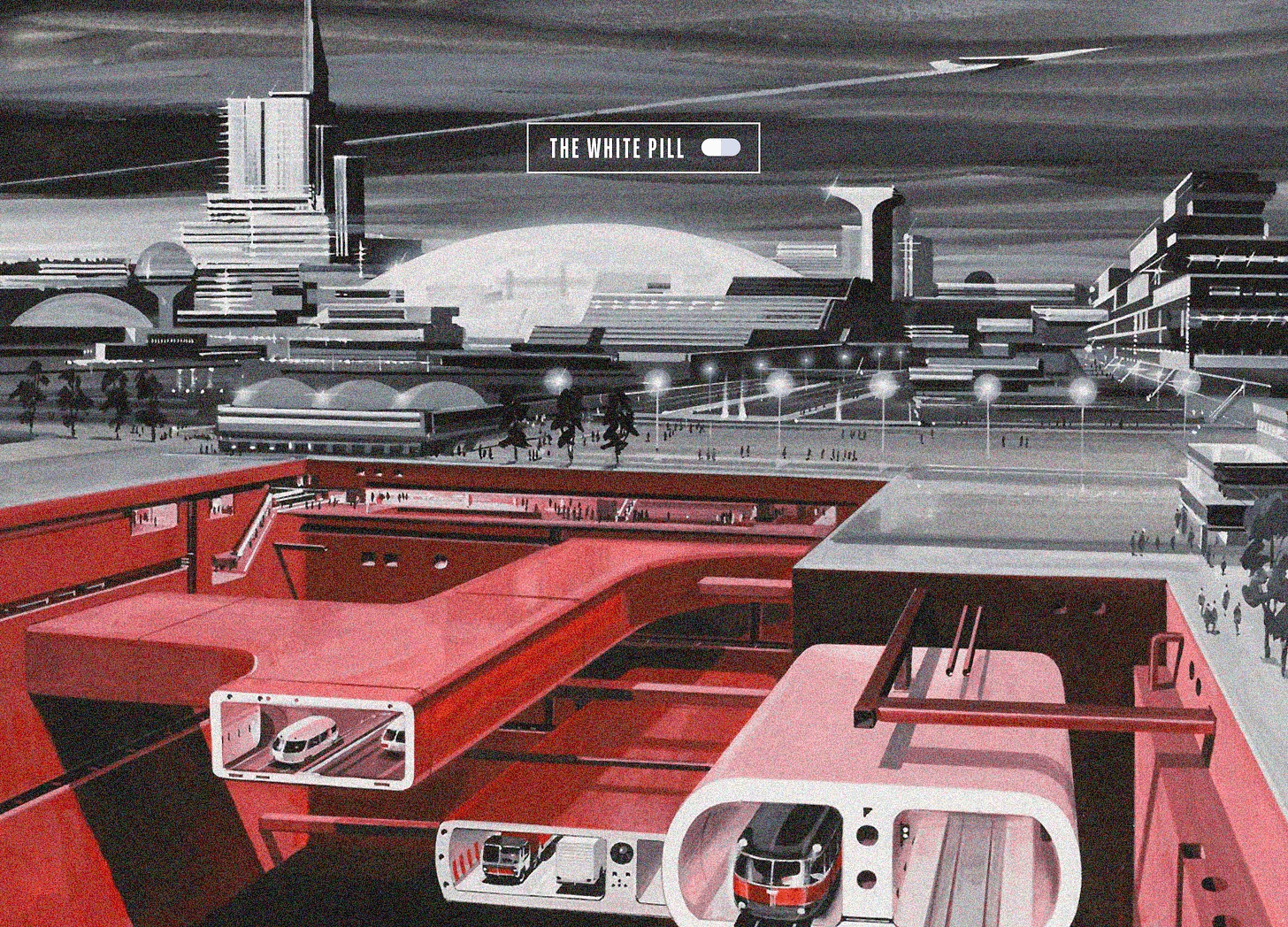
Breaking the Outer Space Treaty and Ascending to the StarsDec 6
a 1967 treaty bans ownership and resource extraction in outer space, preventing colonization and development. we must end it to secure humanity's survival.
Sep 30, 2023

Readers, the future actually started to look like the future this week, and in this 25th issue of the White Pill, we’re going to show you how. OpenAI not only gave GPT eyes, ears, and a voice, but Meta released a pair of smart glasses on pre-order that will be updated with a multimodal AI that will feed you information about what you’re looking at in real time. This week we also learned that Microsoft is exploring plans to power their artificial intelligence compute with small modular reactors, and were stunned when Lex Fridman released a mind-bending episode of his podcast filmed entirely in the metaverse. Also: NASA returned samples from an asteroid it ‘mined,’ clinical trials for the first HIV vaccine began, Tesla unveiled that its humanoid robot Optimus learns by watching, and more.
Oh, please don’t forget — the White Pill has a X/Twitter account now, follow it for snackable science, energy, engineering, and space in your feed, and RT if you are so inclined.